Are you looking for a beautiful, vibrant plant to add to your garden? Senetti plants are a popular choice among gardeners due to their stunning colors and unique blooms. However, if you’re wondering whether Senetti plants are hardy enough to withstand different weather conditions, you’re not alone.
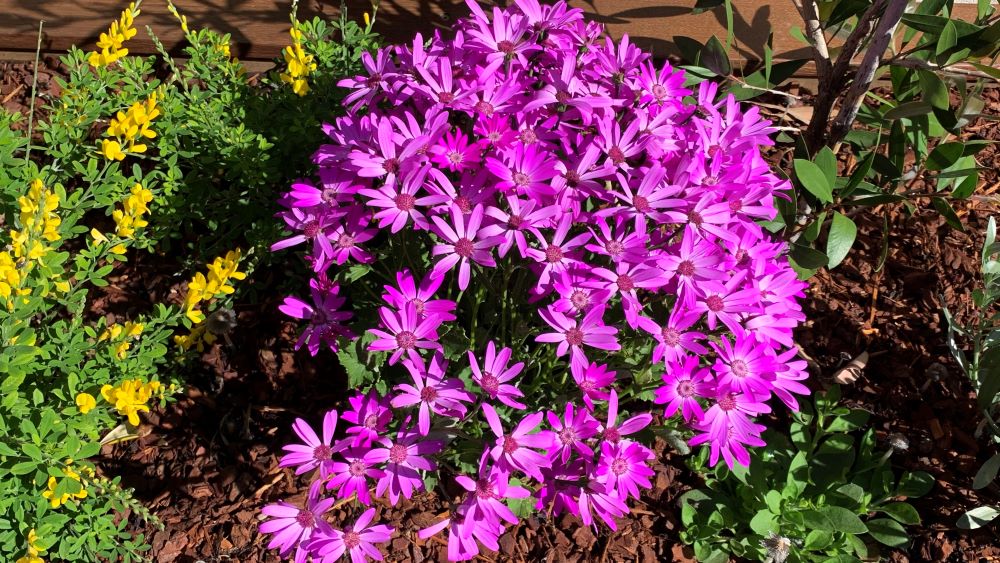
Senetti plants are known for their delicate appearance, but they can actually be quite hardy if cared for properly. While they are not fully hardy, they can withstand a significant amount of cold. However, a severe frost can cause damage to plants that haven’t yet hardened. If you want to keep your Senetti plants healthy and thriving throughout the year, it’s important to know how to care for them in different weather conditions.
Key Takeaways
- Senetti plants can be hardy if cared for properly and can withstand a significant amount of cold.
- Senetti plants can be both perennial and annual, depending on the climate and care they receive.
- Understanding the hardiness and care requirements of Senetti plants is essential for ensuring they thrive in your garden.
What are Senetti Plants?
Senetti plants are a hybrid variety of Pericallis, which is a member of the Asteraceae family. These beautiful plants are known for their vibrant colors, which range from blue and pink to purple and white. Senetti plants are native to the Canary Islands and were first introduced to the market in the early 1990s. They have since become a popular choice for gardeners, especially those looking for early spring flowers.
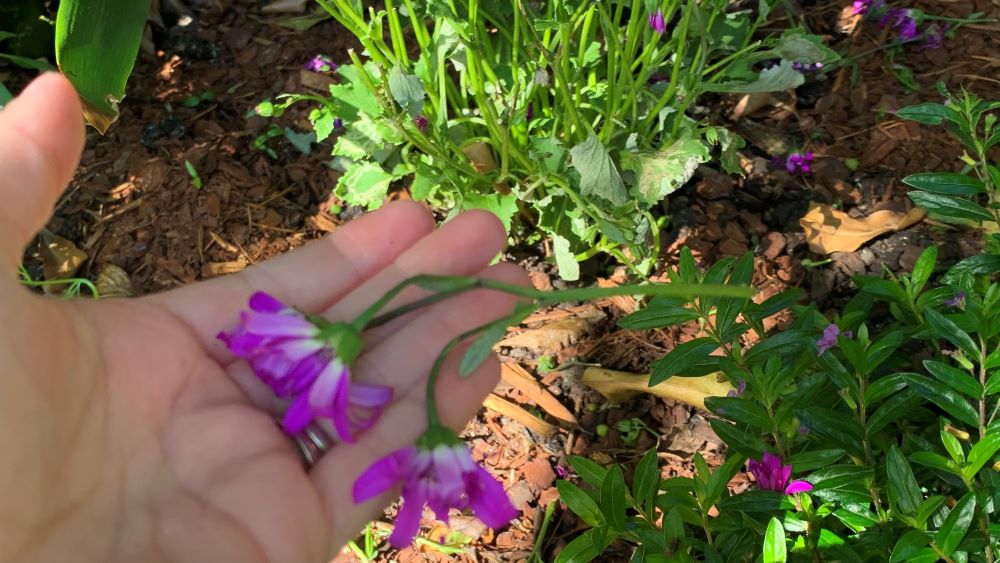
Senetti plants are typically grown as annuals, but they can also be grown as perennials in some regions. They are known for their long blooming period, which can last from early spring to late fall. However, they tend to slow down their blooming during the hottest months of summer and may even go dormant during this time.
Senetti plants are relatively easy to care for and can be grown in both containers and garden beds. They prefer well-draining soil and full sun to partial shade. They also require regular watering, especially during the hot summer months. Senetti plants are also known for their ability to attract pollinators, such as bees and butterflies, to the garden.

In terms of size, Senetti plants can grow up to 12 inches tall and 9 to 12 inches wide. They also have a unique reblooming ability, and cutting back the plants by 50 percent can encourage a fresh flush of blooms. However, it’s important to note that Senetti plants will stop flowering when temperatures are 80 degrees or higher at night during the summer.
Climate Requirements
When it comes to growing Senetti plants, it is important to keep in mind their climate requirements. This will ensure that your plants thrive and produce beautiful blooms. In this section, we will discuss the temperature, sunlight, and watering needs of Senetti plants.
Temperature
Senetti plants are native to the Canary Islands, which have a mild, Mediterranean climate. As a result, they prefer cooler temperatures and do not tolerate extreme heat well. The ideal temperature range for Senetti plants is between 50°F and 60°F (10°C to 15°C). They can tolerate temperatures as low as 32°F (0°C), but they will not survive in freezing temperatures.
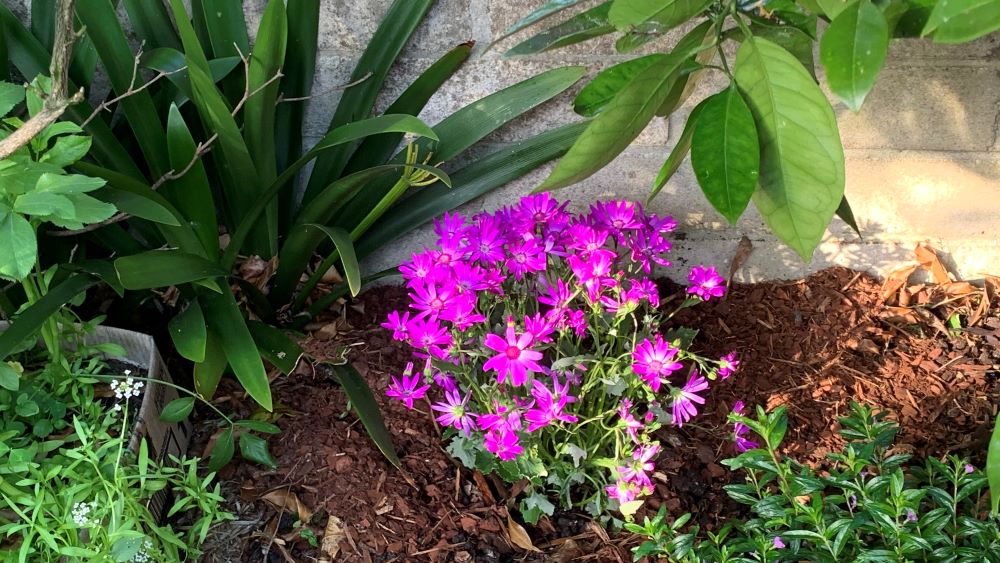
Sunlight
Senetti plants require full sun to partial shade, which means they need at least 6 hours of direct sunlight per day. However, they can also tolerate some shade, especially during the hottest part of the day. If you live in a hot climate, it is best to provide your Senetti plants with some shade during the afternoon to prevent them from getting too hot and wilting.
Watering
Senetti plants require regular watering, especially during the growing season. They prefer well-drained soil that is consistently moist but not waterlogged. It is important to avoid letting the soil dry out completely, as this can cause the plant to wilt and die. During the summer months, you may need to water your Senetti plants more frequently to compensate for the increased evaporation rate.
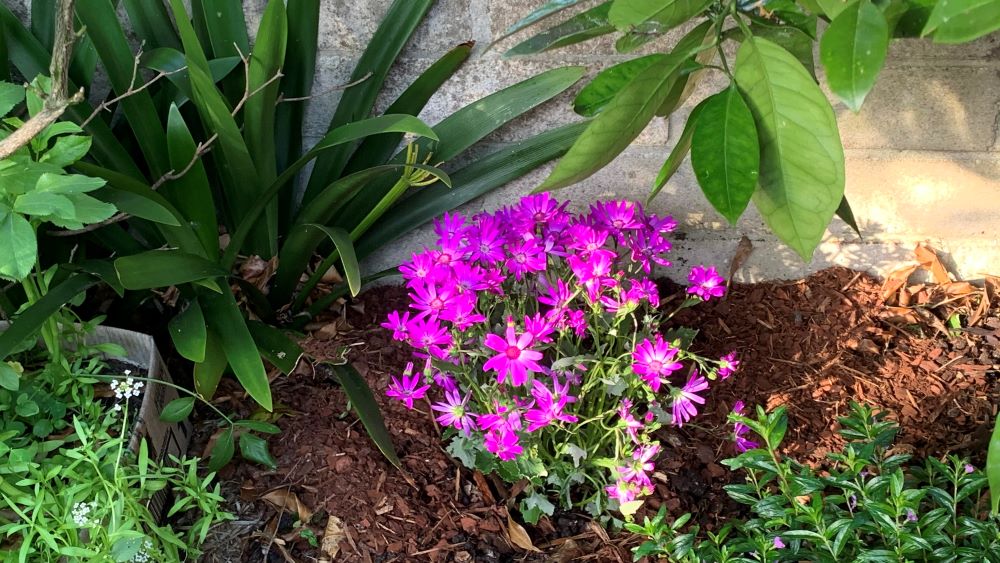
In summary, Senetti plants are hardy and can tolerate a range of temperatures and sunlight conditions. However, they do require regular watering and well-drained soil to thrive. By following these climate requirements, you can ensure that your Senetti plants produce beautiful blooms and remain healthy throughout the growing season.
| Climate Requirements | |
|---|---|
| Temperature | 50°F to 60°F (10°C to 15°C) |
| Sunlight | Full sun to partial shade |
| Watering | Regularly, well-drained soil that is consistently moist |
Hardiness Zones
What are Hardiness Zones?
Hardiness zones are geographic areas that are defined by the USDA based on the average minimum temperature of a region. The USDA Hardiness Zone Map divides the United States into 13 zones, with each zone having a 10°F difference in average minimum temperature from the adjacent zone. These zones are useful in determining which plants are suitable for a particular climate and can help gardeners choose plants that will thrive in their area.
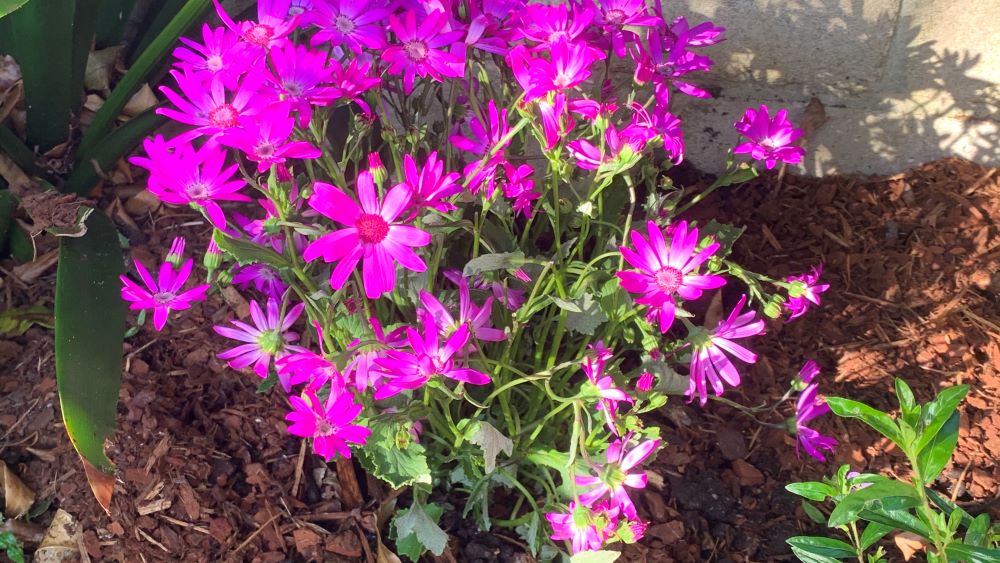
Senetti Plants and Hardiness Zones
If you are considering growing Senetti plants, it’s important to know which hardiness zone you live in. Senetti plants are typically grown as annuals in zones 3-7, but they can be grown as perennials in zones 8-10. In colder zones, Senetti plants may not survive the winter, so they should be planted as annuals or brought indoors during the winter months.
Here is a table that shows the USDA Hardiness Zones and the corresponding average minimum temperatures:
| Zone | Temperature Range (°F) |
|---|---|
| 1 | -60 to -50 |
| 2 | -50 to -40 |
| 3 | -40 to -30 |
| 4 | -30 to -20 |
| 5 | -20 to -10 |
| 6 | -10 to 0 |
| 7 | 0 to 10 |
| 8 | 10 to 20 |
| 9 | 20 to 30 |
| 10 | 30 to 40 |
| 11 | 40 to 50 |
| 12 | 50 to 60 |
| 13 | 60 to 70 |
If you live in a zone that is colder than zone 8, you can still enjoy Senetti plants by planting them in containers and bringing them indoors during the winter. Senetti plants prefer cool temperatures and can tolerate light frost, but they should be protected from hard freezes. If you live in a warmer zone, you can plant Senetti as a perennial and enjoy its beautiful blooms year after year.
In summary, knowing your hardiness zone is important when deciding which plants to grow in your garden. If you live in a colder zone, Senetti plants can still be enjoyed as annuals or in containers that can be brought indoors during the winter months. In warmer zones, Senetti can be grown as a perennial and will provide beautiful blooms year after year.
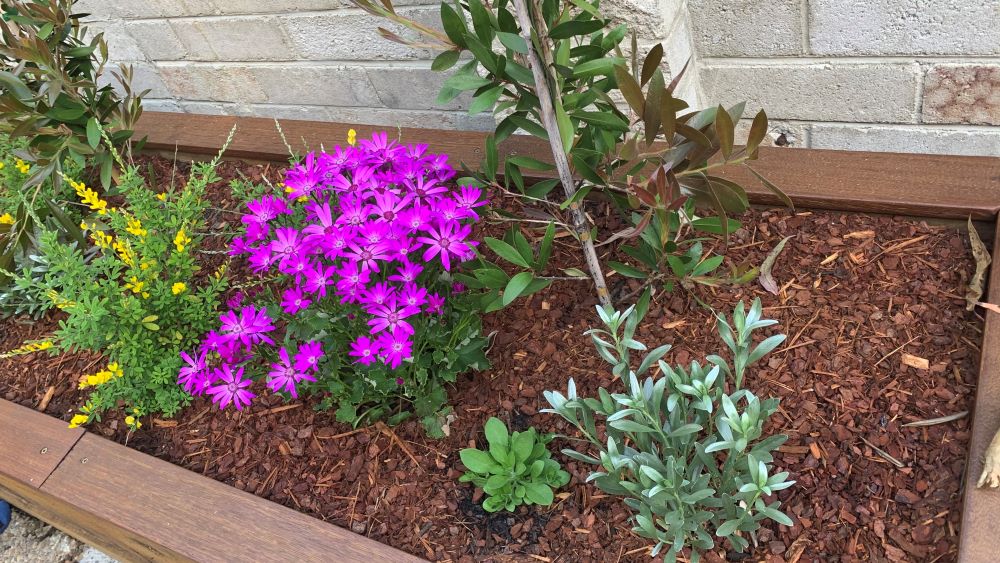
Factors Affecting Senetti Plant Hardiness
If you are growing Senetti plants, you may be wondering how hardy they are. While Senetti plants are generally considered hardy, there are several factors that can affect their hardiness. In this section, we will discuss some of the factors that can affect the hardiness of Senetti plants.
Soil Conditions
The soil conditions in which Senetti plants are grown can have a significant impact on their hardiness. Senetti plants prefer well-drained soil that is rich in organic matter. If the soil is too wet or too dry, the plants may not be able to absorb the nutrients they need to thrive.
Additionally, if the soil is too alkaline or too acidic, the plants may not be able to take up the nutrients they need. Therefore, it is important to ensure that the soil is properly amended before planting Senetti plants.

Fertilization
Proper fertilization is also important for ensuring the hardiness of Senetti plants. Senetti plants require regular fertilization to maintain their health and vigor. However, over-fertilization can be harmful to the plants, as it can cause the roots to become burned and damaged. Therefore, it is important to fertilize Senetti plants according to the manufacturer’s instructions.
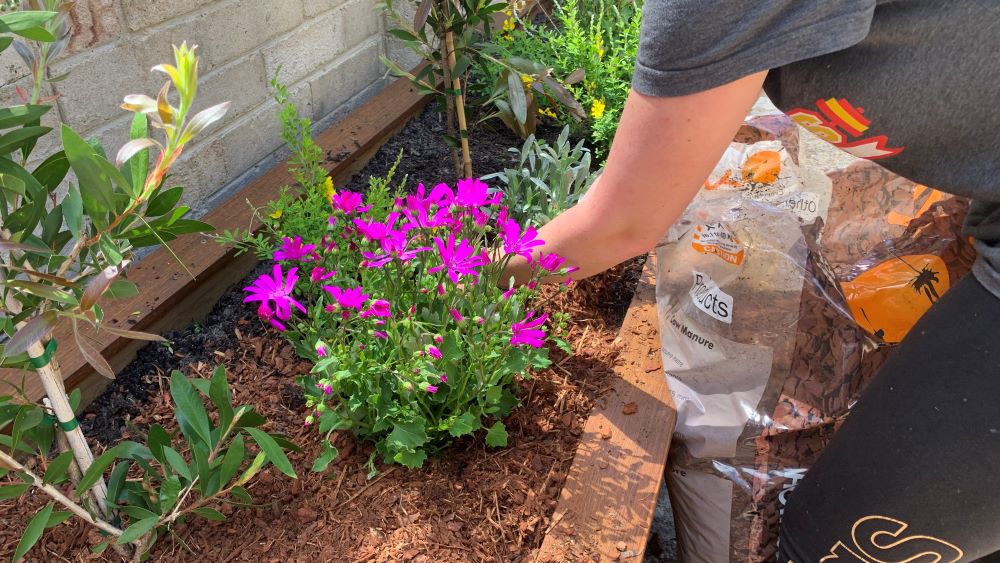
Pest and Disease Control
Pests and diseases can also affect the hardiness of Senetti plants. Common pests that can attack Senetti plants include aphids, spider mites, and whiteflies. These pests can cause damage to the leaves and stems of the plants, which can weaken them and make them more susceptible to disease.
Fungal diseases such as powdery mildew and downy mildew can also affect the hardiness of Senetti plants. To prevent these problems, it is important to keep the plants healthy and well-maintained, and to take prompt action if any pests or diseases are detected.
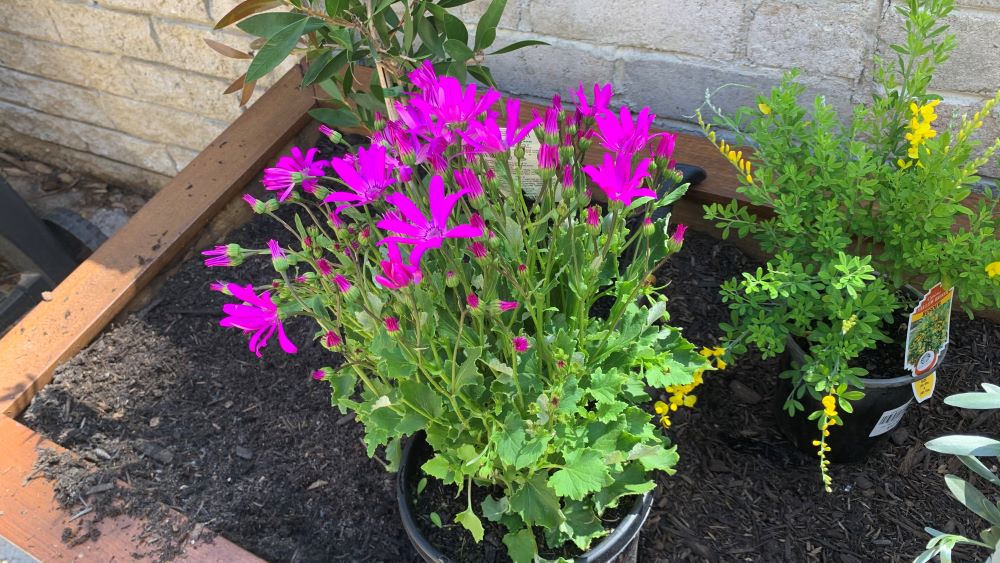
In conclusion, several factors can affect the hardiness of Senetti plants. Proper soil conditions, fertilization, and pest and disease control are all important for ensuring the health and vigor of these beautiful plants. By following these guidelines, you can help to ensure that your Senetti plants are hardy and healthy for years to come.
Tips for Growing Senetti Plants
If you’re looking to grow beautiful Senetti plants, here are some tips to help you get started.
Planting
When planting Senetti plants, it’s important to choose a spot that gets plenty of sunlight but is protected from bitter easterly winds. Senetti are thirsty plants and need regular watering, but they don’t like to sit in waterlogged soil. So make sure the soil is well-draining.
You can plant Senetti in the ground or in pots. If you’re planting in pots, make sure they have drainage holes and use a good quality multi-purpose potting compost. You can also use a slow-release fertilizer to give your plants a boost.
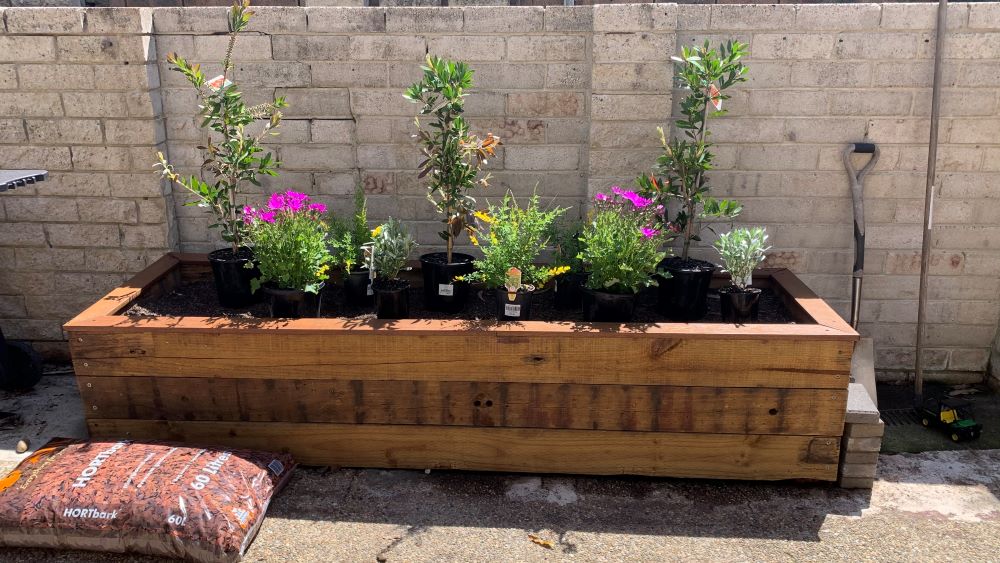
Pruning
Senetti plants have a unique reblooming ability. To encourage a fresh flush of blooms, cut back the plants by 50 percent. This will also help to keep the plants compact and bushy.

Overwintering
Senetti plants are not frost-hardy, so if you live in a colder climate, you’ll need to take some steps to protect your plants over the winter. One option is to bring the plants indoors and keep them in a cool, bright room. Another option is to cover the plants with a frost blanket or move them to a sheltered spot.
If you’re growing Senetti plants as perennials, you’ll need to cut them back in the fall and mulch around the base of the plants to protect the roots from freezing. In the spring, you can remove the mulch and cut back any dead or damaged growth. Your plants should start to regrow once the weather warms up.
By following these tips, you can enjoy beautiful Senetti plants all year round.
Frequently Asked Questions
What is the lifespan of a Senetti plant?
Senetti plants are typically grown as annuals, meaning they complete their lifecycle in one growing season. However, with proper care, they may last longer and continue to produce blooms.
At what temperature can Senetti plants survive?
Senetti plants prefer cooler temperatures and do not tolerate extreme heat well. The ideal temperature range for Senetti plants is between 50°F and 60°F (10°C to 15°C). They can survive light frosts but are not frost tolerant.
Can Senetti plants be grown in pots?
Yes, Senetti plants can be grown in pots. They are well-suited to container gardening, especially if you live in an area with harsh winters. Choose a pot with good drainage and use a well-draining potting mix.
How tall do Senetti plants grow?
Senetti plants can grow up to 18-24 inches tall and 12-18 inches wide. However, the exact height and width may vary depending on growing conditions and the specific cultivar.
Do Senetti plants come back every year?
Senetti plants are typically grown as annuals and do not come back every year. However, with proper care, they may last longer and continue to produce blooms.
Is Senetti a perennial plant in the UK?
Senetti plants are not considered perennial plants in the UK. They are typically grown as annuals or short-lived perennials in warmer climates.
I am an accredited practicing dietitian, experienced gardener and a dedicated cook. I love writing and sharing my experience so you can learn from my successes and mistakes.
